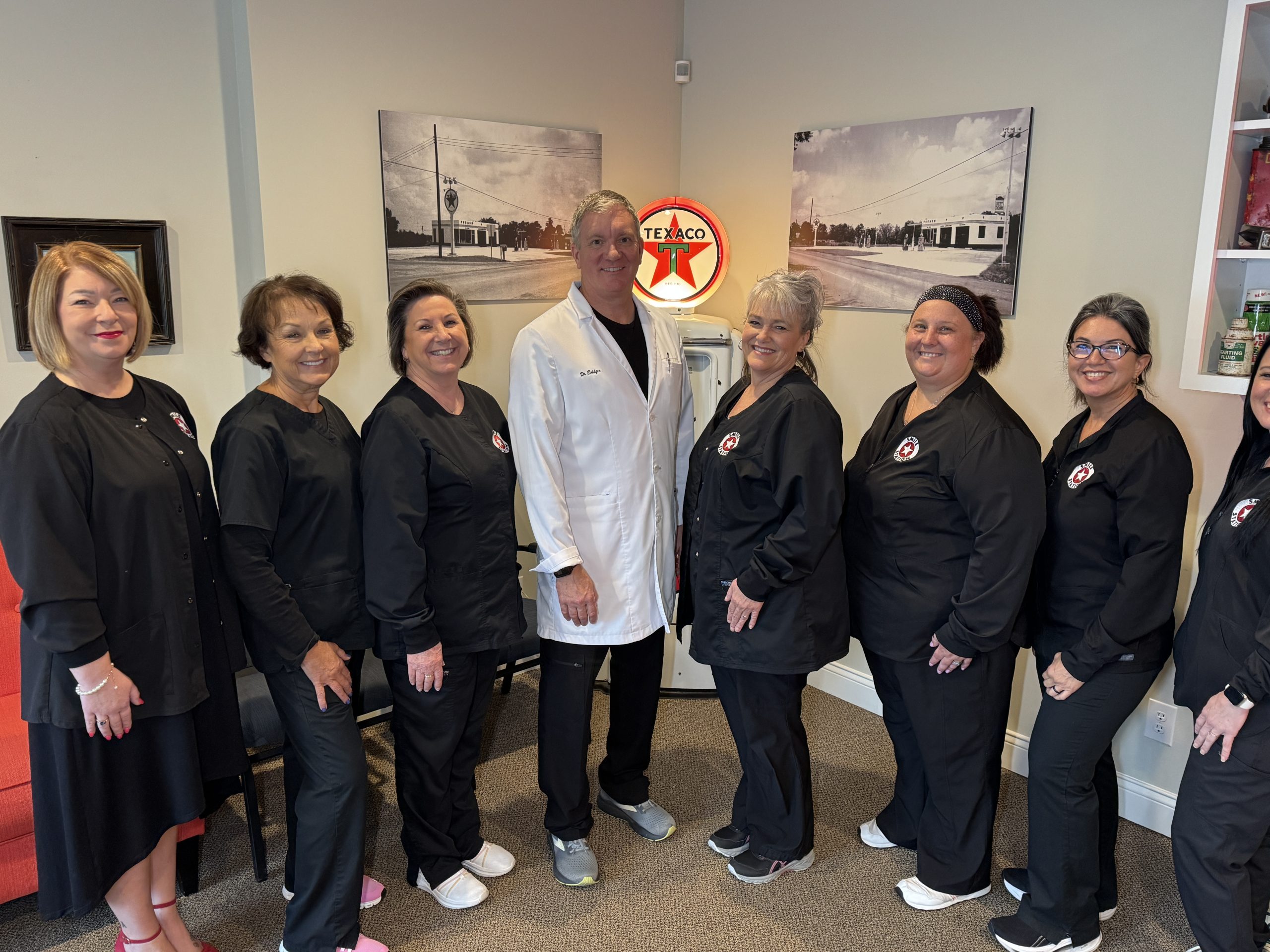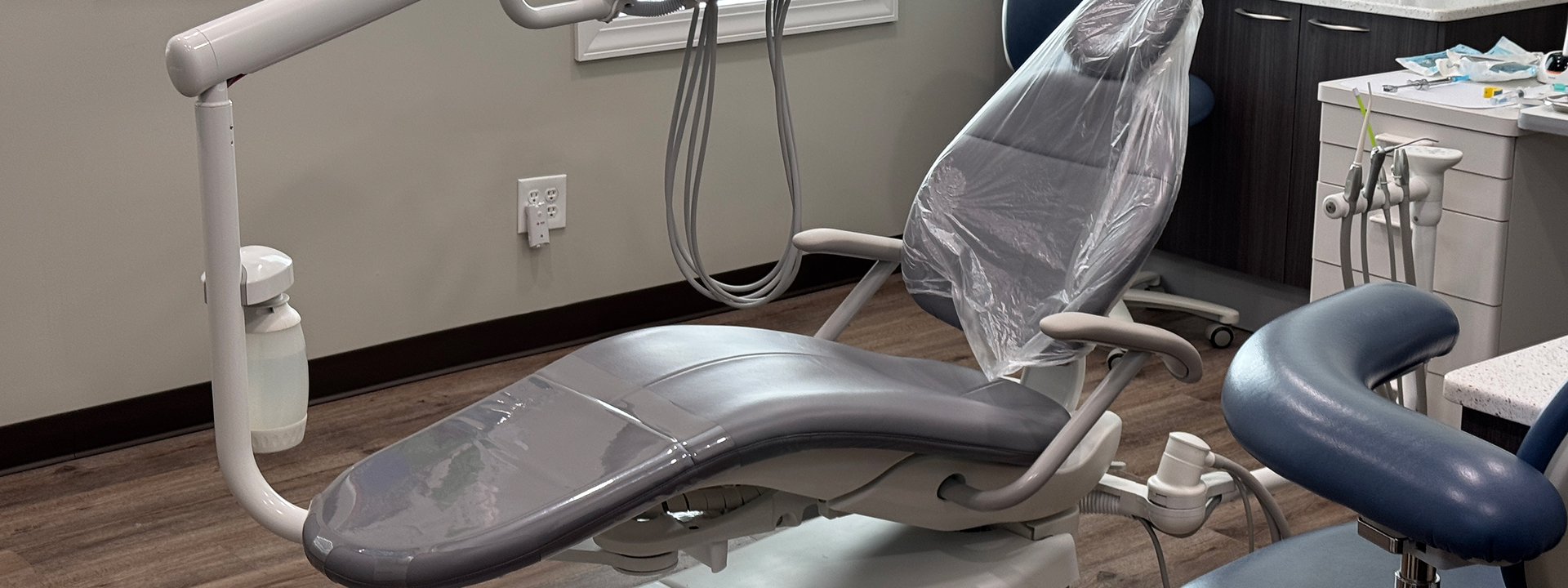Is Sedation Dentistry Safe for Children in Paducah?
Many parents feel anxious when their child needs dental treatment, especially if the child is fearful or has trouble sitting still. Pediatric sedation dentistry creates a calm, medically supervised environment so care can be completed safely and comfortably. It does not replace local anesthesia or general anesthesia; rather, it supports children who have anxiety, special health care needs, sensory sensitivities, or who require extensive treatment.
When delivered by trained professionals who follow the American Academy of Pediatric Dentistry (AAPD) monitoring guidelines and American Dental Association (ADA) standards, pediatric sedation is widely regarded as safe. Safety rests on careful screening, accurate dosing, and continuous monitoring before, during, and after the visit.
Key Takeaways (TL;DR)
- Safety-first: Pediatric sedation is considered safe when AAPD/ADA protocols are followed and children are continuously monitored.
- Scaled options: Choices include nitrous oxide (minimal), oral medication (moderate), IV sedation (deep), and hospital-based general anesthesia.
- Right fit: The lightest effective option is chosen based on age, health, behavior, and treatment complexity.
- Low complication rates: With proper screening and monitoring, serious events are rare; common effects like drowsiness usually resolve the same day.
- Parental role: Following fasting rules, sharing complete health info, and supervising aftercare improves safety.
- Local access: Families in Paducah, Lone Oak, Reidland, Benton, and across McCracken County can access modern, monitored pediatric sedation close to home.

Why Sedation May Be Recommended for Children
Not every child can easily complete dental treatment. Sedation offers a gentle, supervised way to help young patients remain calm and safe while needed care is provided.
Common Reasons Dentists Recommend Sedation
- Dental anxiety or fear related to sounds, lights, or instruments
- Young age and limited cooperation (preschool-aged children)
- Complex or lengthy procedures (multiple restorations, crowns, extractions)
- Special healthcare needs (autism, ADHD, sensory sensitivities)
- Strong gag reflex or oral hypersensitivity
Purpose and Long-Term Benefits
The goal is relaxation and cooperation—not deep unconsciousness. Appropriate sedation helps complete treatment efficiently while protecting the child’s emotional well-being. Positive early experiences reduce future fear and support lifelong oral health habits.
Types of Pediatric Sedation (How They Work)
Choices are customized for each child’s age, weight, health, and the procedure. The guiding principle is to use the lightest, safest option that achieves comfortable, effective care.
1) Minimal Sedation (Nitrous Oxide)
Nitrous oxide (“laughing gas”) is mixed with oxygen and inhaled through a small nasal mask. Children remain fully awake and responsive.
- Effect: Gentle relaxation without loss of consciousness
- Onset/Recovery: Works within minutes; wears off quickly
- Best for: Short visits (cleanings, fillings), mild anxiety
2) Moderate Sedation (Oral Medication)
Oral sedation uses medication taken before treatment to reduce anxiety (e.g., midazolam, hydroxyzine, diazepam). Children remain conscious but deeply relaxed.
- Monitoring: Continuous observation of breathing and vital signs
- Notes: Effects can linger; plan for supervision and a ride home
3) Deep Sedation (IV Sedation)
IV sedation allows precise control and rapid onset for longer or complex procedures. Most children remember little of the visit.
- Monitoring: Continuous tracking of oxygen, heart rate, and breathing
- Providers: Performed by trained clinicians with advanced certification
4) General Anesthesia (Hospital or Surgical Setting)
General anesthesia renders the child fully unconscious and is typically performed in a hospital or surgical facility under a board-certified anesthesiologist’s supervision.
- Use cases: Major dental surgery, extensive needs, or cases not manageable under lighter sedation
- Safety: Full medical monitoring during and after the procedure
Safety Standards and Guidelines
Pediatric sedation follows strict protocols set by the AAPD and ADA. Sedation is never performed without a full evaluation and clear pre- and post-visit instructions for caregivers.
Core Requirements
- Pre-sedation assessment: Medical history, weight, fasting status
- Qualified personnel: A dedicated team member continuously monitors the child
- Continuous monitoring: Oxygen saturation, heart rate, breathing
- Emergency preparedness: Reversal agents, airway tools, supplemental oxygen
- Proper facility setup: Equipment and environment appropriate for pediatric care
Training and Parent Role
Teams maintain certifications such as BLS and PALS and practice emergency drills. Parents enhance safety by following fasting rules, disclosing recent illnesses/medications, and supervising recovery at home.
Risks and How They’re Managed
Serious complications are rare when guidelines are followed. Most side effects are mild and short-lived.
Common, Usually Mild Effects
- Drowsiness or fatigue for several hours
- Occasional nausea (more likely if fasting rules aren’t followed)
- Irritability as sedation wears off
- Brief dizziness or unsteady balance
Rare but Serious Issues (Managed with Protocols)
- Allergic reaction to a medication
- Airway obstruction or breathing difficulty
- Unexpected changes in heart rhythm or oxygen level
Offices that perform sedation maintain oxygen, airway tools, and reversal agents on hand, and teams are trained to respond immediately.
What Parents Should Ask Before Approving Sedation
- Which type of sedation will be used, and why?
- Who will administer the sedation and what training do they have?
- How will vital signs be monitored during the visit?
- What emergency procedures and medications are available on site?
- What should I expect during recovery and what are the home-care instructions?
Preparing Your Child for a Sedation Appointment
Before the Appointment
- Follow fasting guidelines exactly as directed
- Alert the office if your child develops a cold, cough, or fever
- Dress your child in loose, comfortable clothing
- Bring a small comfort item (toy or blanket)
During the Visit
- Stay calm and reassuring—children often mirror a parent’s emotions
- Allow the team to explain steps in child-friendly language
After the Appointment
- Encourage rest and quiet activities for the day
- Offer clear liquids first, then soft foods
- Call the office if vomiting, prolonged sleepiness, or unusual symptoms occur
Conclusion
Pediatric sedation dentistry—when delivered under AAPD and ADA standards—offers a proven way for children to receive essential dental care safely and comfortably. Parents support safety by asking questions, following preparation instructions, and supervising recovery. With planning and teamwork, children in Paducah and surrounding Western Kentucky communities can experience calm, positive dental visits.


